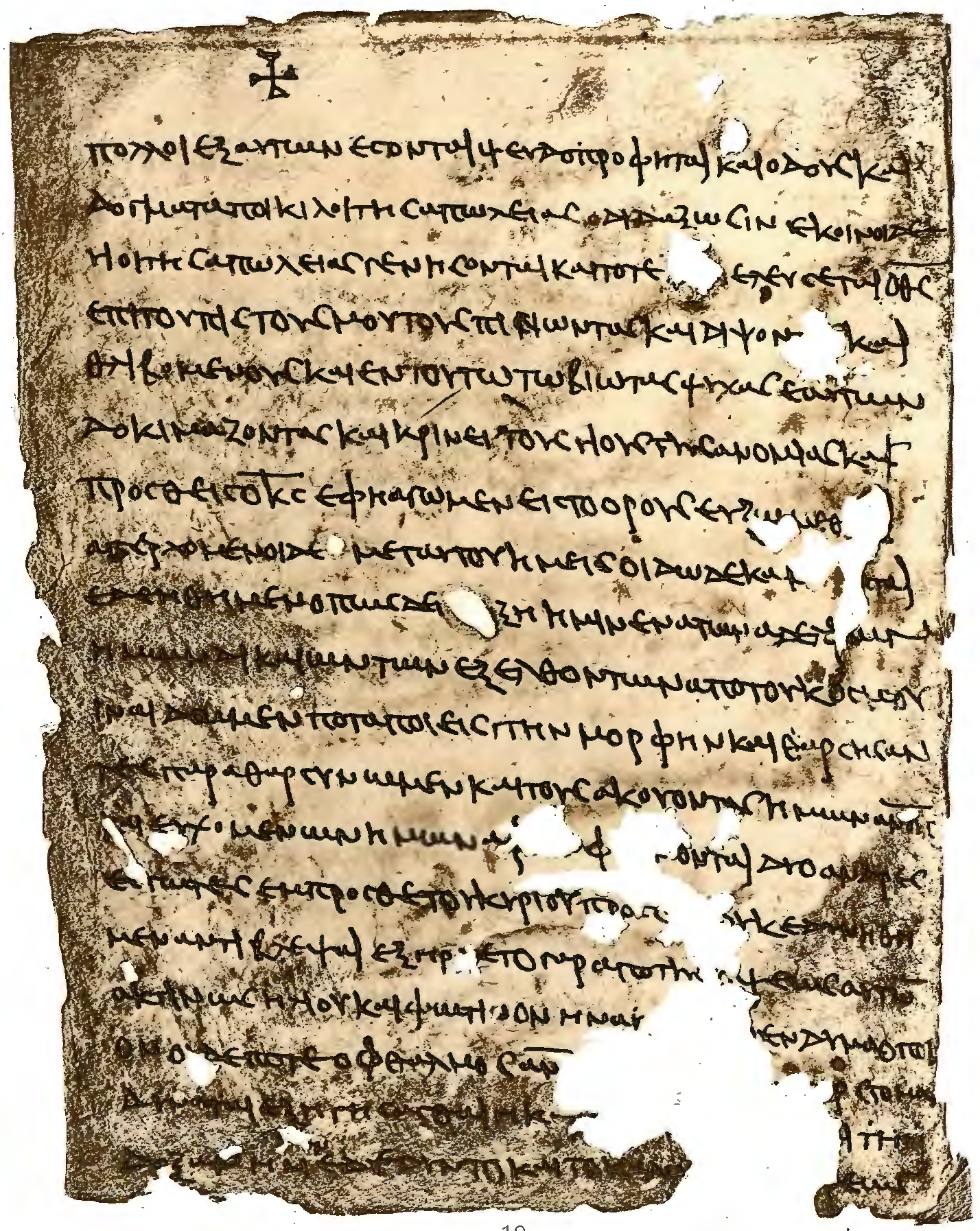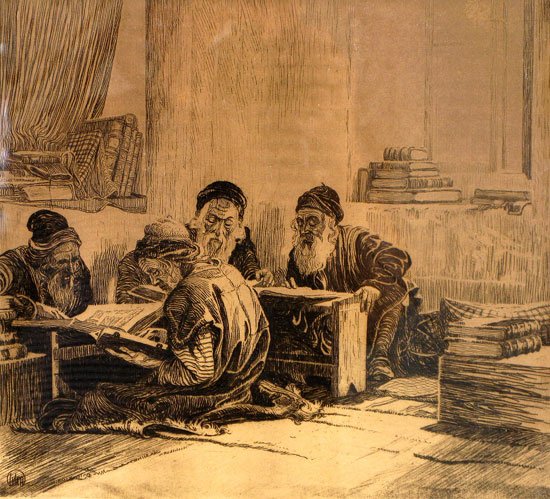|
Azrael
Azrael (; , 'God has helped'; ) is the canonical angel of death in Islam and appears in the apocryphal text Apocalypse of Peter. Relative to similar concepts of such beings, Azrael holds a benevolent role as God's angel of death; he acts as a psychopomp, responsible for transporting the souls of the deceased after their death. In Islam, he is said to hold a scroll concerning the fate of mortals, recording and erasing their names at their birth and death, similar to the role of the ''malakh ha-mavet'' (Angel of Death) in Judaism.Hamilton, Michelle M. 2014. ''Beyond Faith: Belief, Morality and Memory in a Fifteenth-Century Judeo-Iberian Manuscript''. Leiden: Brill. . Depending on the perspective and precepts of the various religions in which he is a figure, he may also be portrayed as a resident of the Third Heaven, a division of heaven in Judaism and Islam. Davidson, Gustav. 9671971"A § Azrael" Pp. 64–65 in ''A Dictionary of Angels, Including the Fallen Angels''. New Y ... [...More Info...] [...Related Items...] OR: [Wikipedia] [Google] [Baidu] [Amazon] |
Archangel
Archangels () are the second lowest rank of angel in the Catholic hierarchy of angels, based on and put forward by Pseudo-Dionysius the Areopagite in the 5th or 6th century in his book ''De Coelesti Hierarchia'' (''On the Celestial Hierarchy''). The Bible itself uses the term “archangel” two times referring to the angel Michael only in the New Testament. The Bible does not mention a particular hierarchy of angels in any detail aside from this. The word is usually associated with the Abrahamic religions and many offshoots they are historically associated with. ''Archangel'' is derived from Ancient Greek, Greek (), with the Greek prefix meaning 'chief'. In Catholic theology, archangels constitute the second-lowest rank of angel; much of modernized imaging of Archangels as we have today likely stems from the etymology of their name, as well as their presentation in John Milton's ''Paradise Lost''. In many offshoots of Judaism, with the oldest text coming from Enoch 1, the ... [...More Info...] [...Related Items...] OR: [Wikipedia] [Google] [Baidu] [Amazon] |
Israfil
Israfil (, ''ʾIsrāfīl) o''r Israfel Lewis, James R., Evelyn Dorothy Oliver, and S. Sisung Kelle, eds. 1996. ''Angels A to Z''. Visible Ink Press. . p. 224. is the angel who will blow the trumpet to signal ''Qiyamah'' (the Day of Judgment) in Islam. Though unnamed in the Quran, he is one of the four archangels in Islamic tradition, along with Michael, Gabriel, and Azrael. The "Book of Dead" described Israfil as the oldest of all archangels. He is commonly thought of as the counterpart of the Judeo-Christian archangel Raphael.Gabriel " ''''. Israfil is portrayed as writing the destiny of humans and all commands of |
Apocalypse Of Peter
The Apocalypse of Peter, also called the Revelation of Peter, is an early Christian text of the 2nd century and a work of apocalyptic literature. It is the earliest-written extant work depicting a Christian account of heaven and hell in detail. The Apocalypse of Peter is influenced by both Jewish apocalyptic literature and Greek philosophy of the Hellenistic period. The text is extant in two diverging versions based on a lost Koine Greek original: a shorter Greek version and a longer Ethiopic version. The work is pseudepigraphal: it is purportedly written by the disciple Peter, but its actual author is unknown. The Apocalypse of Peter describes a divine vision experienced by Peter through the risen Jesus Christ. After the disciples inquire about signs of the Second Coming of Jesus, the work delves into a vision of the afterlife (), and details both heavenly bliss for the righteous and infernal punishments for the damned. In particular, the punishments are graphically des ... [...More Info...] [...Related Items...] OR: [Wikipedia] [Google] [Baidu] [Amazon] |
Psychopomp
Psychopomps (from the Greek word , , literally meaning the 'guide of souls') are creatures, spirits, angels, demons, or deities in many religions whose responsibility is to escort newly deceased souls from Earth to the afterlife. Their role is not to judge the deceased, but simply to guide them. Appearing frequently on funerary art, psychopomps have been depicted at different times and in different cultures as anthropomorphic entities, horses, deer, dogs, whip-poor-wills, ravens, crows, vultures, owls, sparrows, and cuckoos. In the case of birds, these are often seen in huge masses, waiting outside the home of the dying. Overview Ancient religion Classical examples of a psychopomp are the ancient Egyptian god Anubis, the deity Pushan in Hinduism, the Greek ferryman Charon, the goddess Hecate, and god Hermes,RADULOVI, IFIGENIJA; VUKADINOVI, SNEŽANA; SMIRNOVBRKI, ALEKSANDRA – Hermes the Transformer Ágora. Estudos Clássicos em debate, núm. 17, 2015, pp. 45–62 Univers ... [...More Info...] [...Related Items...] OR: [Wikipedia] [Google] [Baidu] [Amazon] |
Azazel
In the Hebrew Bible, the name Azazel (; ''ʿĂzāʾzēl'') represents a desolate place where a scapegoat bearing the Jewish views on sin, sins of the Jews was sent during Yom Kippur. During the late Second Temple period (after the Development of the Hebrew Bible canon, closure of the Hebrew Bible canon), Azazel came to be viewed as a fallen angel responsible for introducing humans to forbidden knowledge, as described in the Book of Enoch. His role as a fallen angel partly remains in Christianity, Christian and Islamic traditions. Bible Torah In the Hebrew Bible, the term is used three times in Chapter 16 of the Book of Leviticus, where two male goats were to be sacrificed to Yahweh and one of the two was cleromancy, selected by lot, for Yahweh is seen as speaking through the lots. One goat is selected by lot and sent into the wilderness , "for Azazel". This goat was then cast out in the desert as part of Yom Kippur. The scapegoat ritual can be traced back to 24th century BC E ... [...More Info...] [...Related Items...] OR: [Wikipedia] [Google] [Baidu] [Amazon] |
Michael (archangel)
Michael, also called Saint Michael the Archangel, Archangel Michael and Saint Michael the Taxiarch is an archangel and the warrior of God in Christianity, Judaism, and Islam. The earliest surviving mentions of his name are in third- and second-century BC Jewish works, often but not always apocalyptic, where he is the chief of the angels and archangels, and he is the guardian prince of Israel and is responsible for the care of the Israelites, people of Biblical Israel, Israel. Christianity conserved nearly all the Jewish traditions concerning him, and he is mentioned explicitly in Revelation 12:7–12, where he does battle with Satan, and in the Epistle of Jude, where the archangel and the devil dispute over the body of Moses. Old Testament and Apocrypha The Book of Enoch lists him as one of seven archangels (the remaining names are Uriel, Raguel (angel), Raguel, Raphael (archangel), Raphael, Sariel, Gabriel, and Remiel), who, in the Book of Tobit, “stand ready and ente ... [...More Info...] [...Related Items...] OR: [Wikipedia] [Google] [Baidu] [Amazon] |
Rabbinic Literature
Rabbinic literature, in its broadest sense, is the entire corpus of works authored by rabbis throughout Jewish history. The term typically refers to literature from the Talmudic era (70–640 CE), as opposed to medieval and modern rabbinic writings. It aligns with the Hebrew term ''Sifrut Chazal'' (), which translates to “literature f oursages” and generally pertains only to the sages (''Chazal'') from the Talmudic period. This more specific sense of "Rabbinic literature"—referring to the Talmud, Midrashim (), and related writings, but hardly ever to later texts—is how the term is generally intended when used in contemporary academic writing. The terms ''mefareshim'' and ''parshanim'' (commentaries and commentators) almost always refer to later, post-Talmudic writers of rabbinic glosses on Biblical and Talmudic texts. Mishnaic literature The Midr'she halakha, Mishnah, and Tosefta (compiled from materials pre-dating the year 200 CE) are the earliest extan ... [...More Info...] [...Related Items...] OR: [Wikipedia] [Google] [Baidu] [Amazon] |
Hebrew Bible
The Hebrew Bible or Tanakh (;"Tanach" . '' Random House Webster's Unabridged Dictionary''. ; ; or ), also known in Hebrew as (; ), is the canonical collection of scriptures, comprising the Torah (the five Books of Moses), the Nevi'im (the Books of the Prophets), and the [...More Info...] [...Related Items...] OR: [Wikipedia] [Google] [Baidu] [Amazon] |
Rabbinic Literature
Rabbinic literature, in its broadest sense, is the entire corpus of works authored by rabbis throughout Jewish history. The term typically refers to literature from the Talmudic era (70–640 CE), as opposed to medieval and modern rabbinic writings. It aligns with the Hebrew term ''Sifrut Chazal'' (), which translates to “literature f oursages” and generally pertains only to the sages (''Chazal'') from the Talmudic period. This more specific sense of "Rabbinic literature"—referring to the Talmud, Midrashim (), and related writings, but hardly ever to later texts—is how the term is generally intended when used in contemporary academic writing. The terms ''mefareshim'' and ''parshanim'' (commentaries and commentators) almost always refer to later, post-Talmudic writers of rabbinic glosses on Biblical and Talmudic texts. Mishnaic literature The Midr'she halakha, Mishnah, and Tosefta (compiled from materials pre-dating the year 200 CE) are the earliest extan ... [...More Info...] [...Related Items...] OR: [Wikipedia] [Google] [Baidu] [Amazon] |
Talmud
The Talmud (; ) is the central text of Rabbinic Judaism and the primary source of Jewish religious law (''halakha'') and Jewish theology. Until the advent of Haskalah#Effects, modernity, in nearly all Jewish communities, the Talmud was the centerpiece of Jewish culture, Jewish cultural life and was foundational to "all Jewish thought and aspirations", serving also as "the guide for the daily life" of Jews. The Talmud includes the teachings and opinions of thousands of rabbis on a variety of subjects, including halakha, Jewish ethics, Jewish philosophy, philosophy, Jewish customs, customs, Jewish history, history, and Jewish folklore, folklore, and many other topics. The Talmud is a commentary on the Mishnah. This text is made up of 63 Masekhet, tractates, each covering one subject area. The language of the Talmud is Jewish Babylonian Aramaic. Talmudic tradition emerged and was compiled between the destruction of the Second Temple in 70 CE and the Arab conquest in the early seve ... [...More Info...] [...Related Items...] OR: [Wikipedia] [Google] [Baidu] [Amazon] |
Rabbinic Judaism
Rabbinic Judaism (), also called Rabbinism, Rabbinicism, Rabbanite Judaism, or Talmudic Judaism, is rooted in the many forms of Judaism that coexisted and together formed Second Temple Judaism in the land of Israel, giving birth to classical rabbinic Judaism, which flourished from the 1st century CE to the final redaction of the Babylonian Talmud in c. 600. Mainly developing after the destruction of the Jerusalem Temple (70 CE), it eventually became the normative form of Judaism. Rabbinic Judaism has been an orthodox form of Judaism since the 6th century CE, after the codification of the Babylonian Talmud. It has its roots in the Pharisaic school of Second Temple Judaism and is based on the belief that Moses at Mount Sinai received both the Written Torah (''Torah she-be-Khetav'') and the Oral Torah (''Torah she-be-al Peh'') from God. The Oral Torah explains the Written Torah, and it was the rabbis claimed that it was them who possessed this memorized and orally transmitte ... [...More Info...] [...Related Items...] OR: [Wikipedia] [Google] [Baidu] [Amazon] |




